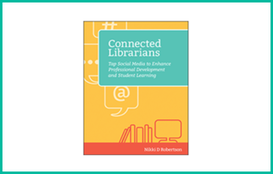
Throughout the book, Robertson explores a variety of practical ideas, solutions, and strategies to help library media specialists understand how to effectively use social media to support and improve student learning.
From there, chapter 1 is entitled “Know Your Audience” and discusses the importance of having an understanding of your students, parents, faculty, community members, and other educators. The chapter provides a brief overview of each group, and what’s important to know about them, before moving on to chapter 2 (which I personally found to be one of the most beneficial chapters).
Chapter 2 is all about “Secur[ing] Buy-In from Administrators and Parents” and for anyone who has ever tried to integrate social media into the K-12 classroom, you likely know that this can be a significant struggle. Robertson spends this chapter addressing common fears and concerns that parents and administrators often have surrounding social media in the schools, and provides strategies and suggestions for how to help overcome and work through those concerns.
From there, Robertson moves on to a discussion on how to “Teach Digital Citizenship Using Social Media” and I’m happy to see the prominence this topic takes in her book. Robertson argues that “students must both see and practice examples of positive, professional social media use to become competent digital citizens. It is important that school librarians guide students as they create their digital footprints.” I couldn’t agree more, although I would also argue that every teacher should share in this responsibility as well, so that all the work isn’t left to the library media specialist. Chapter 3 provides a variety of examples and activities that librarians can use to model and teach digital citizenship to students across grade levels.
Chapter 4 brings part 1 of the book to a close and discusses “Anonymity and Social Media.” In this chapter, Robertson discusses apps and social media sites like the now-defunct Yik Yak, Snapchat, Twitter, and Facebook in order to explore how anonymity and social media interact in the K-12 environment. Robertson ends the chapter with a succinct summary of her ideas: “With regard to anonymous apps and websites, the most important thing school librarians can do is to hold open the doors of communication for our students...and provide guidance about online safety and responsibility whenever, and however, possible.”
Part 2 of the book shifts the focus more towards using social media specifically in support of learning.
For example, chapter 5 examines blogs and digital portfolios and provides specific examples and strategies for how librarians can help teachers and students integrate these types of social media tools into their classes and curricula. Chapter 6 looks at hashtags, and how they can help students and teachers search for and categorize information on social media. Chapter 7 examines online videos and discusses apps like periscope, Facebook live, and of course Youtube. Chapter 8 rounds out this section of practical apps and resources by discussing books and social media while looking at how students can join fan fiction communities, online book clubs, and other groups along these lines. Overall, these four chapters provide a ton of practical and specific ideas and resources for how librarians can begin to integrate social media into the work they are doing.
Chapter 9 ends part 2 of the book by discussing “Social Media Managers” and the role librarians often play in managing social media for a school. I was happy to see that the topic of Twitter chats was covered in this chapter, as I have personally found them to be one of the most beneficial activities for both students and teachers.
Finally, the book closes with Chapters 10 and 11 and a focus on how library media specialists can better stay connected and up-to-date. Given the rapidly and ever-changing nature of technology and social media, I think it’s beneficial that Robertson ends with these two chapters, and provides ideas and resources for how librarians can manageably stay on top of changes and shifts in technology.
Overall if you are a library media specialist who is considering getting started with social media in your work, or if you are already using social media and just want to find more ideas for how it can be used in support of student learning, Connected Librarians has a great deal to offer!



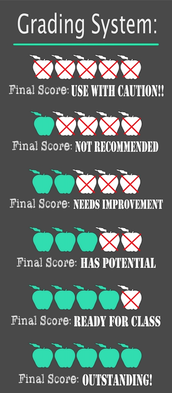



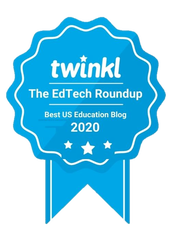
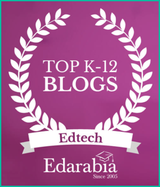
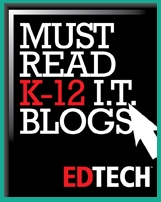
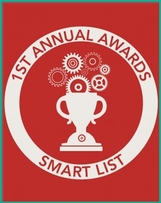
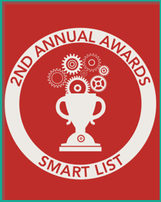
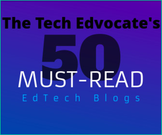
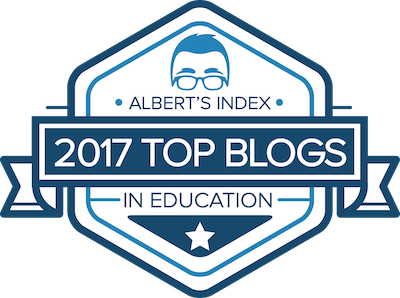
 RSS Feed
RSS Feed
